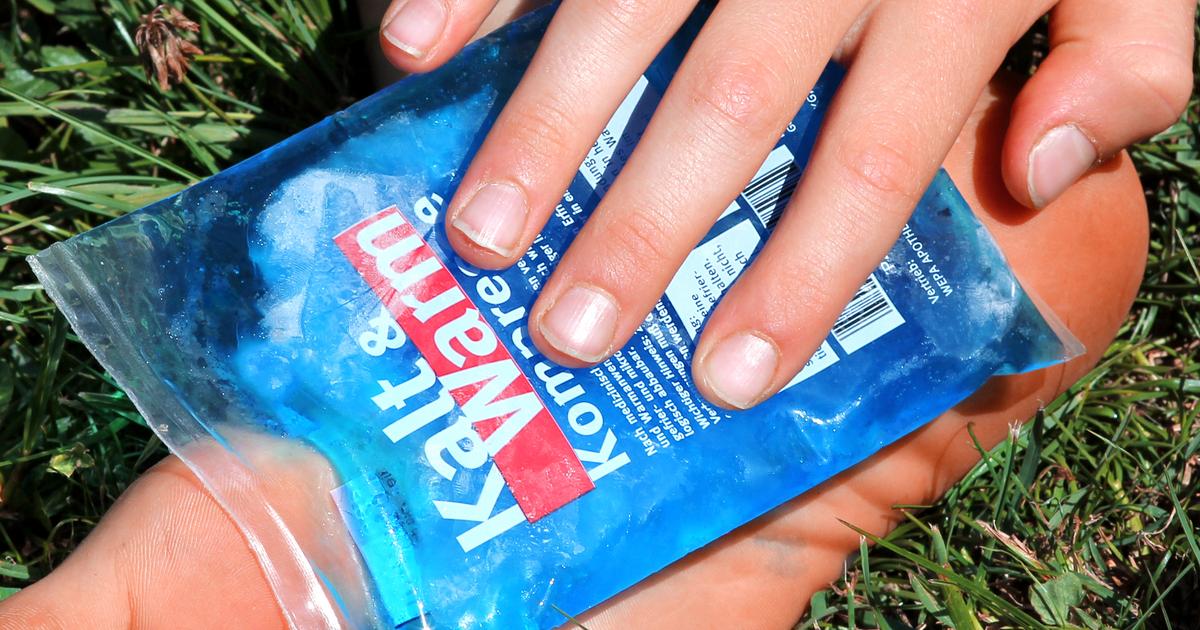Treatment Options For Sever's Disease
Sever's disease, also known as calcaneal apophysitis, refers to a syndrome of heel pain common in skeletally immature individuals. It mostly afflicts active children or adolescents going through puberty. It can also affect overweight adolescents, individuals who stand for long periods, and generally those who have legs of varying lengths. As children reach adolescence, their bodies undergo growth spurts, which can impact body parts with growth plates. For example, the heel has a growth plate known as the epiphyseal plate that sits at the end of the growing bone. Since the bones grow so fast during puberty, the tendons cannot keep up with speed and often become tight and impact stress on the heel.
Over time, the repetitive stress to the heel causes a lot of pressure and can injure it, resulting in Sever's disease. Sporting activities like soccer and gymnastics increase the chances of developing Sever's disease. Symptoms include heel pain, limping, pain that increases with running or jumping, heel tendon that feels tight, and pain on squeezing the heel near the back.
Rest And Elevate The Foot

Rest is the best treatment for most injuries related to soft tissue. Patients will need to take a break from pain provoking activities like sports until the pain subsides. Full time resting during the recovery period is crucial to ensure complete healing of the affected heel. Sufficient rest helps relieve pressure from the heel bone, hastening the recovery process.
During this period, it is prudent to keep the affected foot in an elevated position. Patients can sit and prop their heel up in front of another chair with a cushion underneath it. Also, several pillows can be placed under the painful heel if the patient is laying down. The main reason to rest and elevate the foot is to ensure the heel is above the heart, thereby reducing blood flow to the heel. Regulating blood flow to the heel greatly helps in preventing swelling.
Ice Therapy

Ice therapy is a simple and effective method to reduce pain as well as swelling. Ice should, however, not be placed directly on the skin as doing so can lead to an ice burn. Instead, wrap ice with a cloth or a hand towel first to protect the skin. Further injuries to the affected area can prolong the healing time. The ice can then be left on the affected area for ten to twenty minutes at a time. Ice therapy can be applied to the afflicted heel the first time the patient experiences pain and then again after every two to three hours.
But how does it work? Well, the ice constricts the blood vessels, thus reducing blood flow to the affected heel. Once blood flow is restricted, the pressure is reduced, and as a result, pain and inflammation reduce as well. It also works by calming the nerves, which helps relieve pain.
